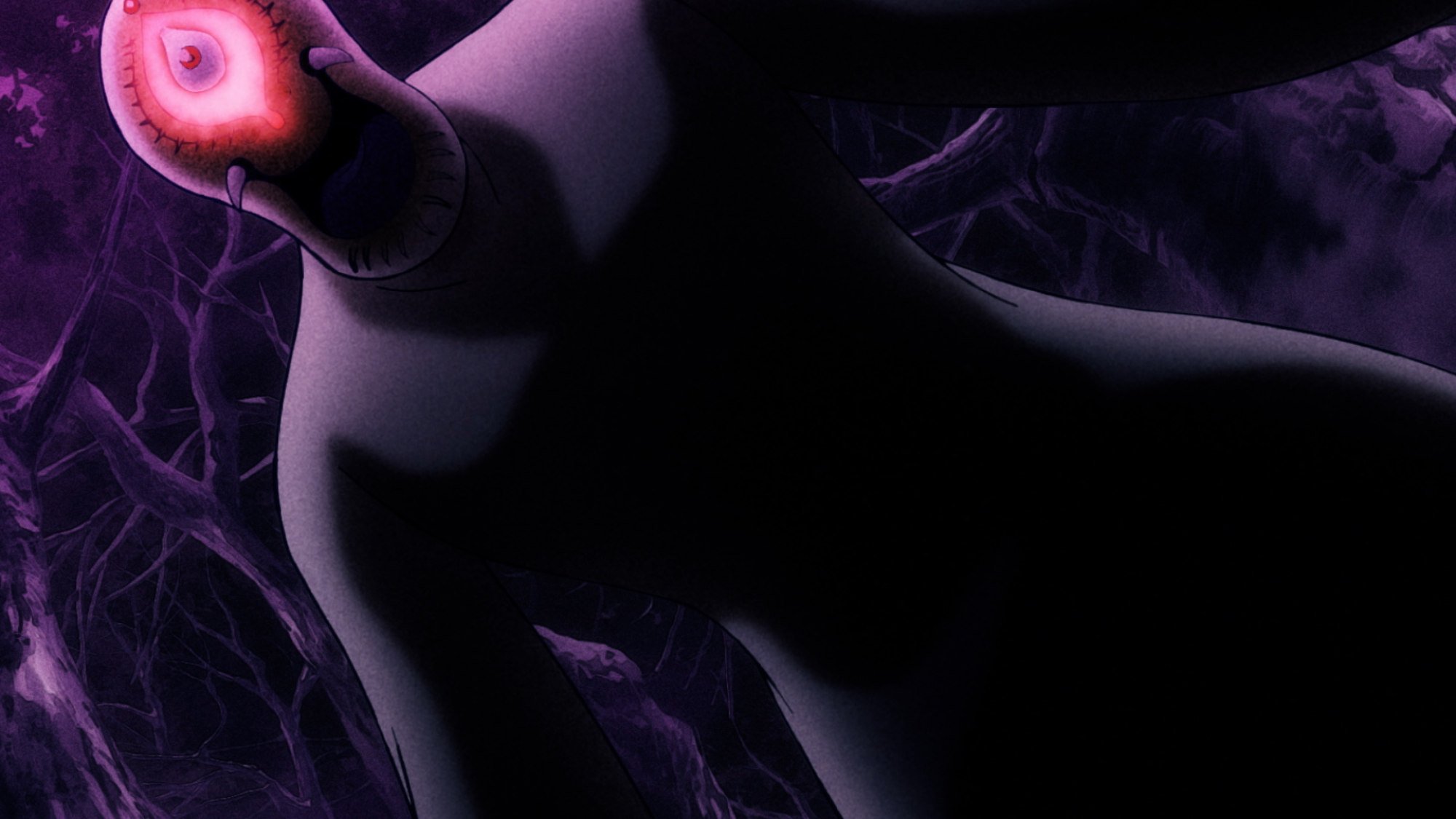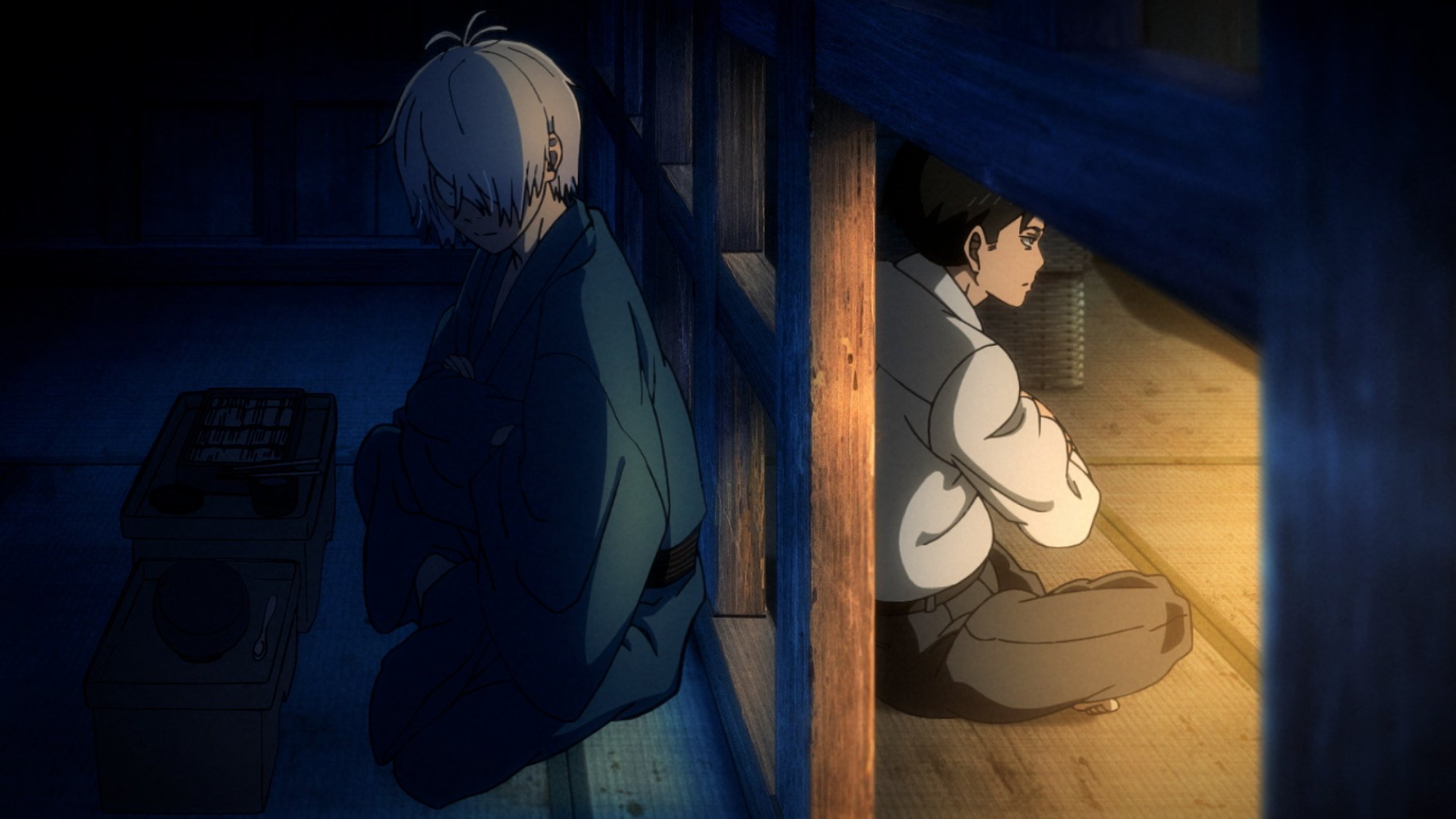
Review | The Birth of Kitaro: Mystery of GeGeGe movie review – Japanese anime series’ dark, violent prequel is rewarding, but it’s not for kids
- Fans of the playful Japanese series should watch this movie prequel about Kitaro’s origins and the fate of his father with caution; it’s bloodthirsty and sombre
- There is murder, rape, incest and more, but also hope and warmth for those who stay the course, making for a hugely profound viewing experience
4/5 stars
Conceived as part of celebrations to commemorate the centenary of the birth of GeGeGe no Kitaro creator Shigeru Mizuki, The Birth of Kitaro: Mystery of GeGeGe presents the previously untold origins of the one-eyed demon boy, and the tragic fate that befell his father.
Fans of the hugely popular animated series should approach with caution, however, as this animated fantasy adopts a considerably darker and more violent tone than its predominantly playful predecessor.
Set in 1956 – announced on screen as “Showa 31” in accordance with Japan’s traditional gengo calendar – The Birth of Kitaro follows Mizuki (voiced by Hidenobu Kiuchi), a young salaryman who works for an urban blood bank, as he travels to remote Nagura village to meet Tokisada, head of the powerful Ryoga clan.
En route, he crosses paths with a mysterious spectral figure, Medama Oyaji (Toshihiko Seki), headed in the same direction in search of his missing wife. Upon arrival, Mizuki finds the clan in disarray as Tokisada has died, triggering a bitter power struggle between his vile offspring and other clan members.
When the oldest son is brutally murdered, a series of horrifying revelations and increasingly gruesome events is set in motion.

From the outset, director Go Koga’s prequel conjures a deeply unsettling and sombre mood, one broken only by flashes of gratuitous violence shocking to even the most seasoned of horror aficionados.
There is a playfulness to some of these sequences, evoking the bloodthirsty operatics of Paris’ infamous Grand Guignol theatre (1897-1962), but younger viewers run the risk of being seriously traumatised.
Beyond these startling visuals, The Birth of Kitaro broaches a number of tough themes as it creeps down the darkened corridors of this mystery, uncovering murder, rape, incest and every inconceivable atrocity in between.

Mizuki’s own experiences as a soldier, fighting in the Pacific theatre during World War II, are also brought to bear, adding a sprinkle of PTSD to the film’s overflowing cocktail of psychological and supernatural torment.
For those suitably equipped, and forewarned of the ordeals ahead, watching The Birth of Kitaro is undeniably a rewarding and profoundly moving experience.
Maboroshi: annoying adolescent angst in Netflix’s Japanese fantasy anime
At its heart is tragedy, but also an undeniable warmth, a hopefulness that young Kitaro can move beyond his traumatic origins to forge a more promising future for himself and those he will meet on his adventures.

